

Project Uptime
Project Uptime
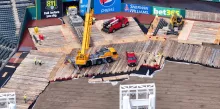
How Timber Mats Protect Your Equipment
When we talk about timber mats, we often focus on the benefits to our projects, such as providing safe access, protecting the environment and operating more efficiently.
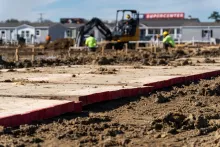
4 Reasons to Put Ground Protection Mats Under and Around Toilets and Trailers
Most construction sites see heavy foot traffic around portable restrooms, office trailers and storage containers. In inclement weather, the path to and from these units can become...
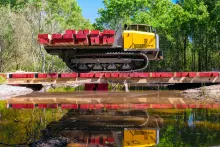
Comparing Different Types of Ground Protection Mats
There are many different types of ground protection mats, each one serving a special and unique purpose.

Supplies OnDemand Offering Automates Inventory Management and Distribution
Providing workers the PPE, consumables and parts they need through a frictionless distribution experience boosts efficiency and productivity on projects.

Why and How to Downsize Your Generators Using a BESS
Contractors frequently oversize their generators and run them 24/7 when they don’t need to. The result is steep fuel costs and unnecessary greenhouse gas emissions. Choosing a...
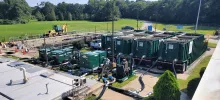
Portable Clarifiers Limit Downtime When a Permanent Clarifier System Fails
A downed clarifier constitutes an emergency for most wastewater treatment plants and industrial businesses. For that reason, managers should create a contingency plan that includes...

Why to Use Ground Protection Mats on Your Next Construction Project
During project mobilization, project managers have the crucial task of securing all the equipment and resources needed once execution begins.
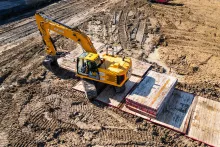
Selecting the Right Ground Protection Mats to Handle Heavy Equipment for Your Next Pipeline Project
A successful pipeline project depends on safely getting large and heavy equipment to the jobsite. If the pipeline is hundreds of miles long, or even just a few dozen miles, this is...
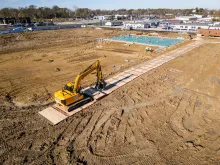
How to Estimate the Cost of Site Preparation for Your Next Project
We have bad news for you: There is no stock formula for accurately determining site preparation costs for construction, power or solar projects. Unique site conditions, project...
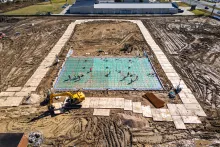
Dust Control Mats for Construction Sites
Between heavy equipment moving in and out of the jobsite, tools digging into the soil and the loss of ground cover, construction activity kicks up a lot of dust.
